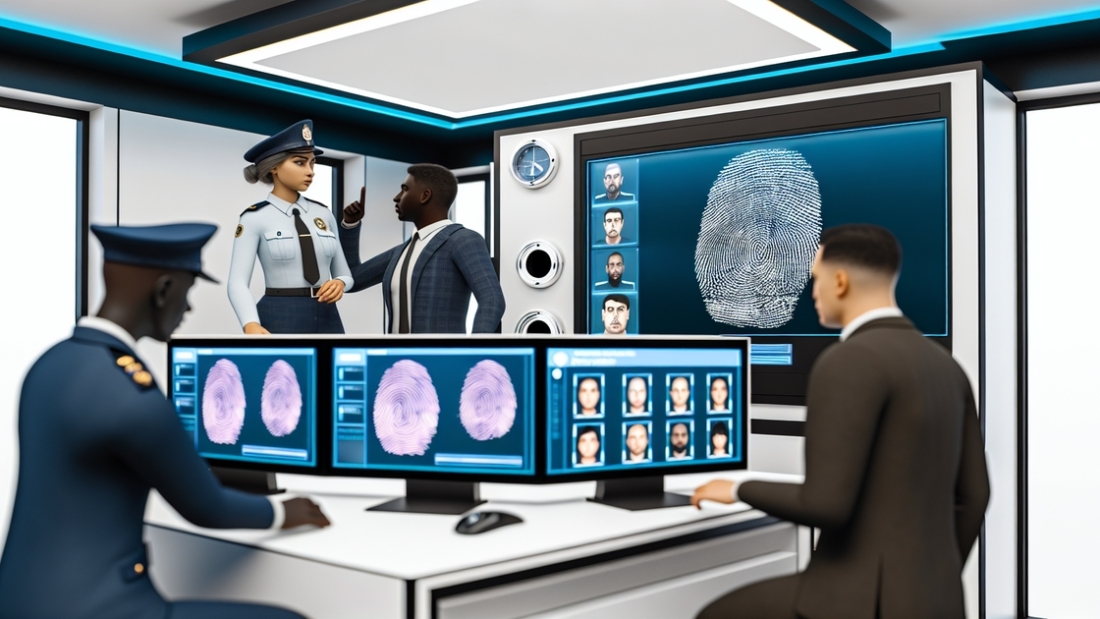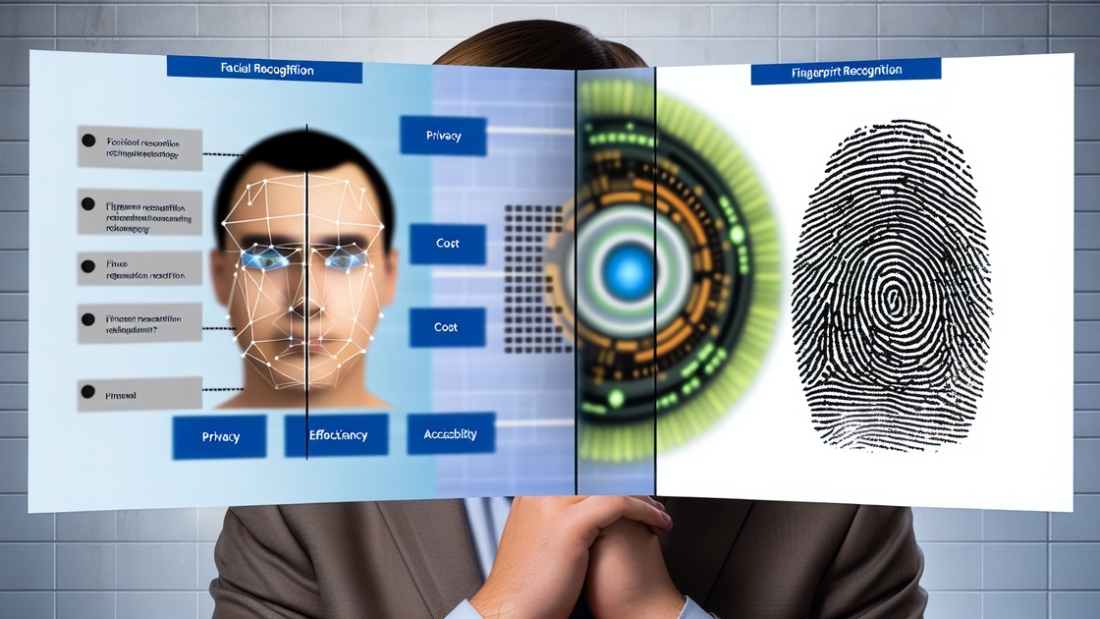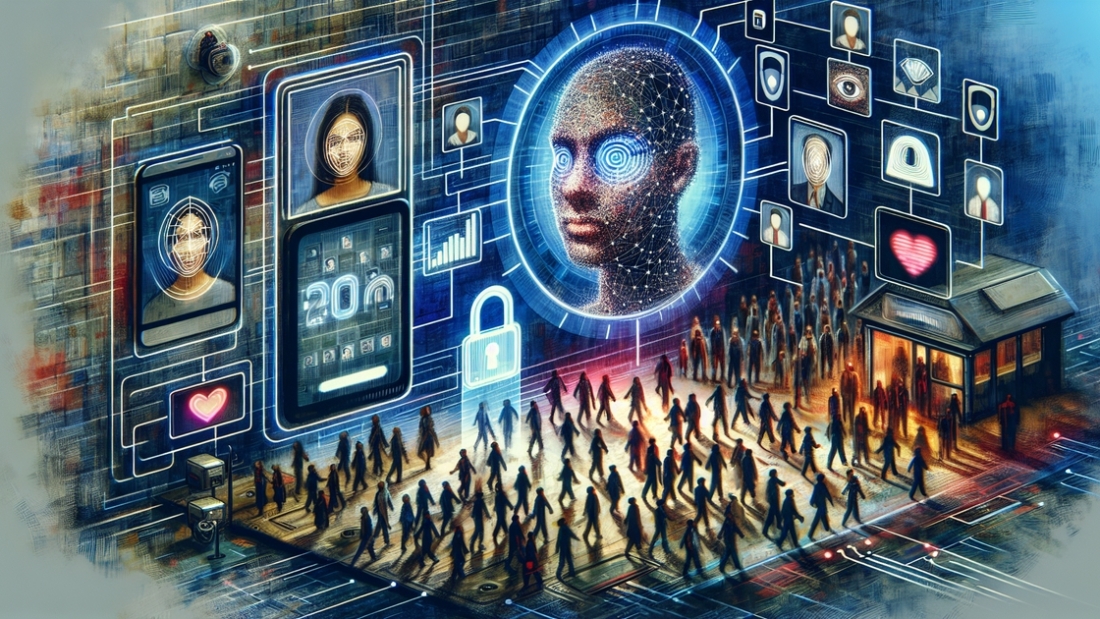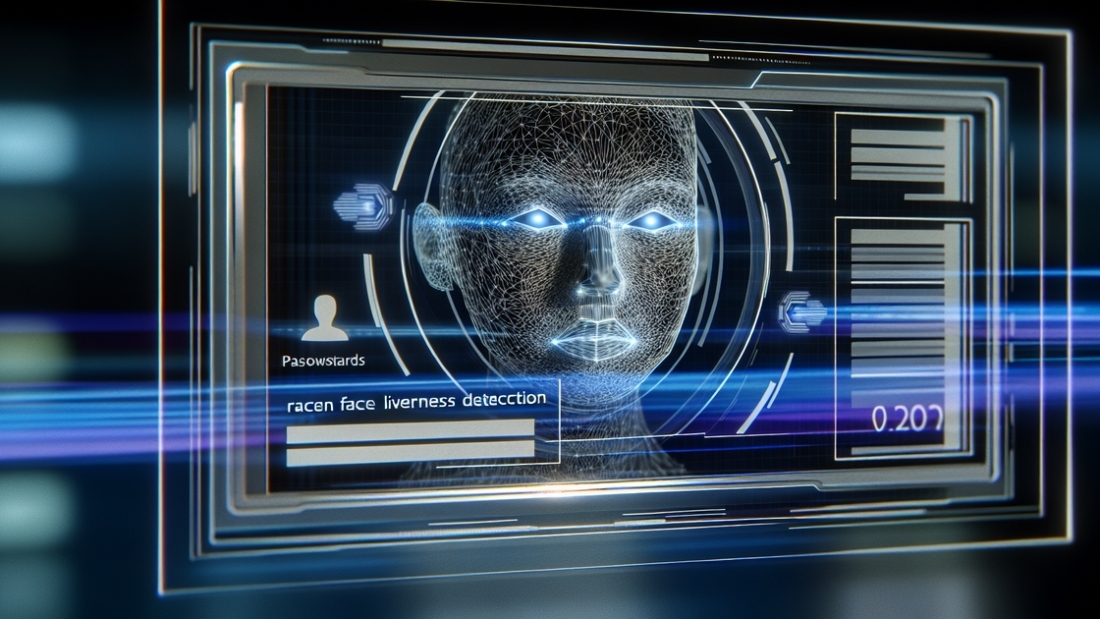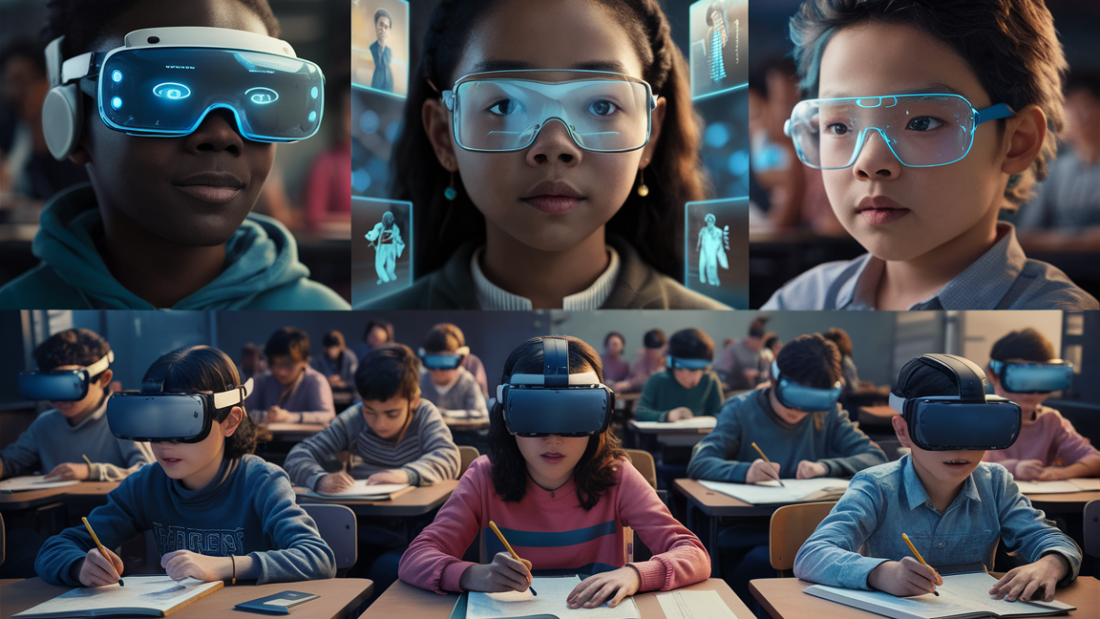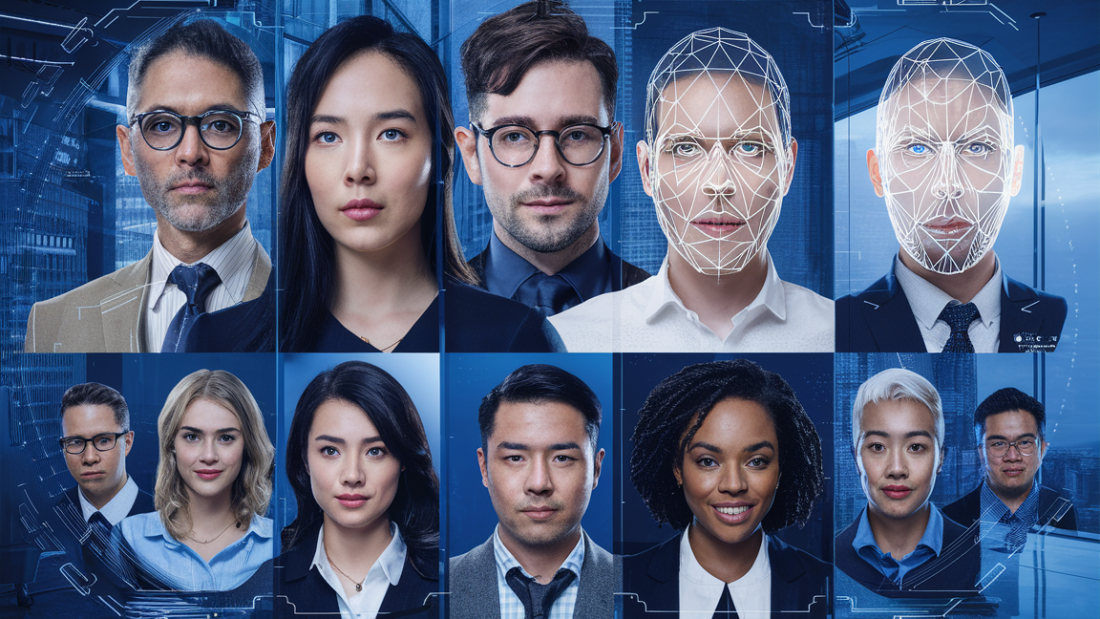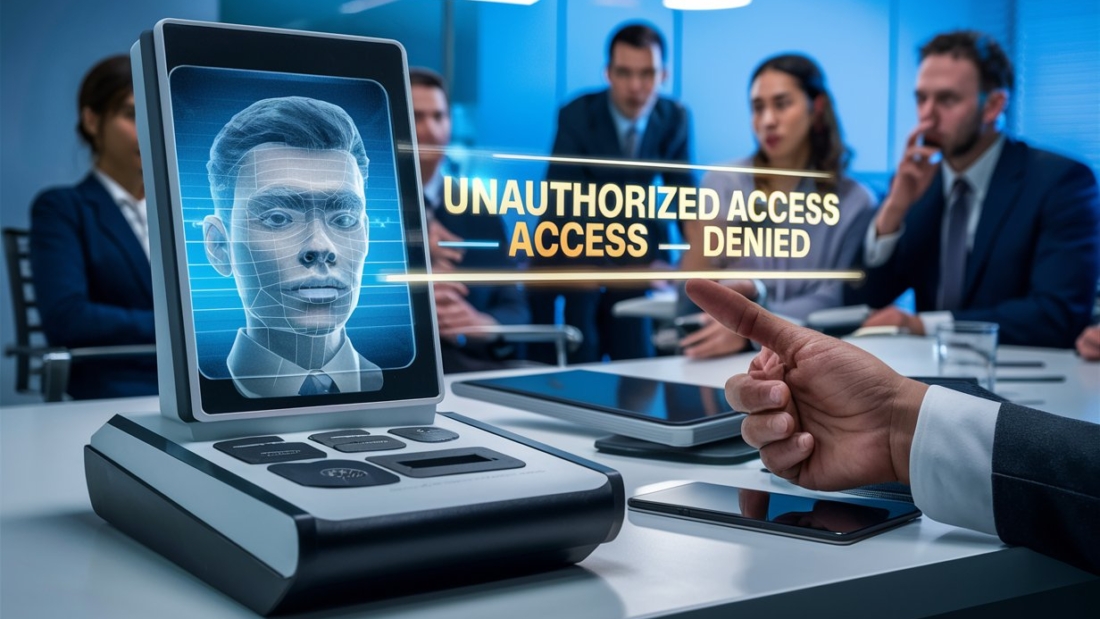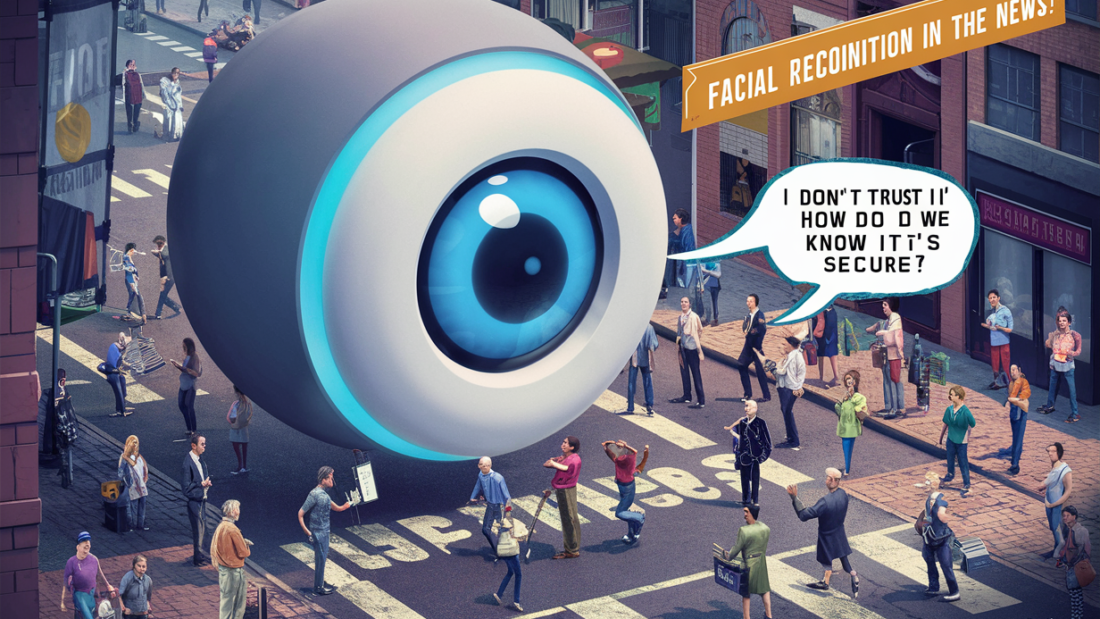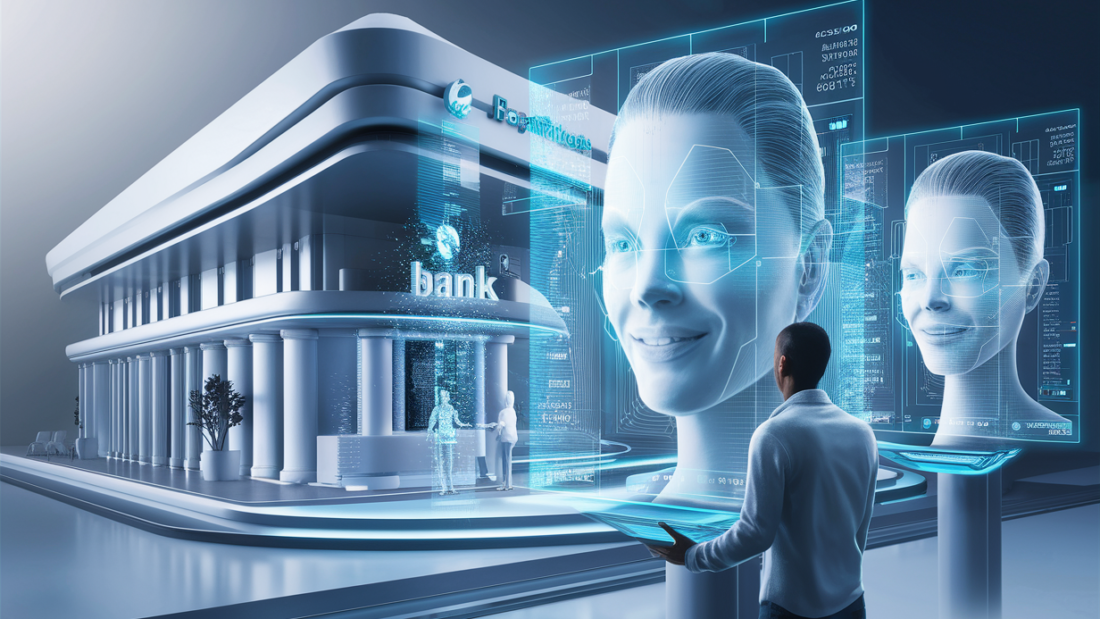Did you know that face recognition technology is now used by over 120 countries for security and identification? This cutting-edge tech is everywhere, from unlocking our phones to airport check-ins. It’s not just about convenience; it’s transforming security protocols across industries. But how does it work, and what are its implications?
In this post, we’ll dive into the mechanics of face recognition, explore its benefits, and discuss potential privacy concerns. Whether you’re a tech enthusiast or just curious about modern innovations, understanding face recognition can offer valuable insights into our increasingly digital world.
Key Takeaways
- Understand the Basics: Face recognition technology identifies or verifies individuals by analyzing facial features. It’s essential to grasp its basic principles and operations.
- Historical Context: The technology has evolved from simple image matching to sophisticated AI-driven systems, showing significant advancements over time.
- Crime Fighting Tool: Face recognition is a powerful tool in law enforcement, aiding in identifying suspects and solving crimes efficiently.
- Diverse Applications: Beyond crime fighting, face recognition is used in various fields like airport security, retail, and personalized marketing, showcasing its versatility.
- Ethical Considerations: Be aware of the ethical and privacy concerns surrounding face recognition, including potential misuse and data security issues.
- Future Innovations: Stay informed about ongoing innovations and future directions in face recognition technology to understand its potential impact and benefits.
Defining Face Recognition Technology
Basic Concept
Face recognition is a biometric technology. It identifies individuals by analyzing facial features. These features include the distance between the eyes, nose width, and jawline shape. The system captures an image of a face. Then it converts this image into digital data.
Contactless Nature
Facial recognition is contactless. Unlike fingerprint or iris scans, it doesn’t require physical touch. Users simply look at a camera. This makes it more user-friendly and hygienic. Especially in public places, this feature is beneficial.
Broad Applications
Facial recognition has many applications:
- Security Enhancements: Airports use it for passenger verification. Law enforcement uses it to identify suspects.
- Personalized User Experiences: Smartphones use it to unlock devices. Retail stores use it for personalized shopping experiences.
Historical Evolution of Facial Recognition
Early Development
Facial recognition technology began in the 1960s. Woodrow Wilson Bledsoe pioneered this field. He developed a system to classify photos using a computer.
Bledsoe’s system was basic. It required manual measurements. Users had to input coordinates of facial features. This process was slow and cumbersome.
FERET Program
The FERET program was a major milestone. Initiated in 1993, it aimed to advance facial recognition research. The U.S. Department of Defense funded it.
FERET stands for Facial Recognition Technology Evaluation. It created a large database of facial images. Researchers used this data to test and improve algorithms.
The program led to significant improvements. It helped standardize testing methods. This made comparing different systems easier.
Viola–Jones Algorithm
Another key development was the Viola–Jones algorithm in 2001. Paul Viola and Michael Jones created it.
This algorithm revolutionized facial detection. It could quickly detect faces in images. Unlike previous methods, it worked in real-time.
Viola–Jones used a technique called “Haar-like features.” These features allowed the algorithm to identify patterns in images efficiently.
Government and Military Research
Government and military research played a crucial role. They invested heavily in facial recognition technology.
In the 1990s, the U.S. government increased funding for biometric research. Agencies like DARPA supported various projects.
Military applications drove much of this research. The goal was to enhance security and surveillance capabilities.
Commercial Applications
Facial recognition soon moved beyond military use. By the early 2000s, commercial applications emerged.
Companies began integrating this technology into consumer products:
- Digital cameras with face detection
- Social media platforms for photo tagging
- Smartphones with facial unlock features
These innovations made facial recognition more accessible to the public.
Law Enforcement Use
Law enforcement agencies also adopted facial recognition technology quickly:
- Identifying suspects from security footage
- Enhancing border control measures
- Tracking missing persons
These uses sparked debates about privacy and ethics, but they demonstrated the technology’s impact on society.
How Face Recognition Works
Detection
Face recognition begins with detection. Cameras capture images or video of faces in real-time. Algorithms scan these inputs to locate faces within the frame. This step is crucial as it identifies the regions of interest.
Alignment
Next, alignment adjusts the detected faces. Algorithms rotate and scale the faces so they align with a standard template. This process corrects for variations in head position, ensuring consistency.
Feature Extraction
Feature extraction follows alignment. Algorithms analyze facial features like eyes, nose, and mouth. They convert these features into numerical data points known as “faceprints.” These faceprints are unique to each individual.
Matching
The final step is matching. The system compares the extracted faceprints against a database of known faces. If a match is found, identification occurs. Matching accuracy depends on the quality of both the input image and the stored data.
Geometric vs Photometric Approaches
Facial recognition uses two main approaches: geometric and photometric.
- Geometric approach focuses on spatial relationships between facial features.
- Photometric approach analyzes pixel values in an image.
Deep learning enhances these methods by using neural networks to improve accuracy. It can handle large datasets and learn from them, making it more reliable over time.
3D Face Recognition
3D face recognition captures the shape and contours of a face. It uses sensors to create a three-dimensional model of the face. This method improves identification accuracy by considering depth information.
By incorporating multiple angles, 3D recognition reduces errors caused by changes in lighting or facial expressions.
Face Recognition in Crime Fighting
Identifying Suspects
Facial recognition technology helps law enforcement identify suspects quickly. It compares faces from crime scenes with a database of known offenders. This process is faster and more accurate than manual identification.
Police departments use this technology to match mugshots with surveillance footage in the Windows server Face Recognition Demo Project. They can identify suspects even if they are unaware they are being watched. This has led to many successful arrests.
Surveillance
Facial recognition is also used for surveillance purposes. Authorities monitor public spaces like airports, train stations, and streets for known criminals. Cameras equipped with facial recognition software scan crowds continuously.
This real-time monitoring helps prevent crimes before they happen. If a known criminal enters a monitored area, the system alerts authorities immediately. This allows for quick action and enhances public safety.
Successful Cases
There have been several cases where facial recognition has led to arrests or solved crimes. In 2018, Chinese police used this technology to arrest a man at a concert attended by 60,000 people. He was wanted for economic crimes and thought he could hide in the crowd.
Another example is the 2013 Boston Marathon bombing investigation. Facial recognition helped identify the suspects from security camera footage within days. This sped up the investigation significantly.
In New York City, facial recognition technology helped solve a series of armed robberies in 2019. The system matched images from security cameras with mugshots of repeat offenders in the Linux server Face Recognition Demo Project. This led to swift arrests and prevented further crimes.
Effectiveness
The effectiveness of facial recognition in crime fighting cannot be overstated. It provides law enforcement with powerful tools to keep communities safe. By identifying suspects quickly, it reduces investigation times and increases arrest rates.
This technology also acts as a deterrent for potential criminals who know they might be identified easily. Public safety improves when authorities can respond swiftly to threats.
Real-World Applications and Success Stories
Smartphones
Facial recognition is common in smartphones. Many devices use it for user authentication. Apple’s Face ID, introduced in 2017, allows users to unlock their phones with a glance. It uses infrared sensors to map the face. This technology provides high security.
Other brands also use facial recognition. Samsung has a similar feature called Intelligent Scan. It combines facial recognition and iris scanning for added security.
Social Media
ial media platforms use facial recognition too. Facebook uses it for photo tagging. When users upload photos, the system suggests tags based on recognized faces. This makes sharing and organizing photos easier.
Instagram also employs this technology. It helps in identifying people in stories and posts. These features enhance user experience by making interactions seamless.
Airports
Airports benefit greatly from facial recognition. It speeds up passenger screening processes. In 2018, Atlanta’s Hartsfield-Jackson Airport became the first U.S airport to implement biometric terminals fully.
Passengers can check-in, pass through security, and board flights using their faces as identification. This reduces wait times and increases security levels.
Border Control
Border control agencies use facial recognition for secure entry and exit points. The U.S Customs and Border Protection (CBP) agency has implemented this at various entry points since 2017.
The system matches travelers’ faces with passport photos stored in databases. This ensures that only authorized individuals enter or leave the country efficiently.
Business Security
Businesses adopt facial recognition for enhanced security measures. Retail stores use it to prevent theft by recognizing known shoplifters upon entry.
Walmart has tested this technology in some locations to monitor customer behavior and improve service quality. The system alerts staff if suspicious activities are detected, ensuring a safer shopping environment.
City Surveillance
Cities worldwide implement facial recognition for public safety. In China, many cities have extensive surveillance networks equipped with this technology.
For example, Shenzhen’s police department uses it to identify jaywalkers instantly. Offenders receive fines via text messages within minutes of committing the offense.
Success Stories
Several success stories highlight the effectiveness of facial recognition:
- Dubai International Airport: Implemented smart gates using facial recognition in 2019, reducing passenger processing time significantly.
- London Metropolitan Police: Deployed this technology during Notting Hill Carnival 2016, leading to multiple arrests.
- Las Vegas Casinos: Use it for identifying banned players or potential fraudsters, enhancing overall casino security operations.
Ethical and Privacy Concerns
Privacy Implications
Facial recognition technology raises significant privacy issues. The potential for misuse is high. Unauthorized access to facial data can lead to identity theft. Data breaches are a major risk. Personal information can be stolen and used maliciously.
Governments and companies collect vast amounts of facial data. This data is often stored in large databases. These databases are targets for hackers. Breaches can expose sensitive information about individuals.
Surveillance Concerns
Public concerns about surveillance are growing. Facial recognition allows constant monitoring in public spaces. People fear the loss of anonymity. They worry about being tracked everywhere they go.
Surveillance can create a sense of unease. It may deter people from expressing themselves freely. In some countries, governments use facial recognition to monitor citizens’ activities closely.
Consent Issues
Consent is a major issue with facial recognition technology. Often, individuals are not aware that their faces are being scanned or recorded. This lack of consent raises ethical questions.
In many cases, there is no clear policy on obtaining consent before using facial recognition systems. People feel their rights are being violated when their images are captured without permission.
Regulation Debates
There is ongoing debate around the regulation of facial recognition technology. Some argue for strict regulations to protect privacy and civil liberties. Others believe that regulation could stifle innovation and technological progress.
Regulations could include:
- Requiring explicit consent before capturing facial images.
- Limiting the storage duration of facial data.
- Implementing strict security measures to protect stored data.
Ethical Use
The ethical use of facial recognition technology is a hot topic. There are concerns about bias in these systems. Studies have shown that some facial recognition algorithms perform poorly on certain demographics, such as women and people of color.
Ensuring fairness and accuracy in these systems is crucial. There should be transparency in how these technologies are developed and deployed.
Innovations and Future Directions
AI Integration
Facial recognition technology is evolving with the integration of artificial intelligence. AI enhances accuracy by learning from vast datasets. This reduces errors in identifying individuals. Machine learning algorithms help in recognizing faces even in low-light conditions.
AI also addresses biases in facial recognition. Traditional systems often misidentify people of color. New AI models aim to reduce these biases. They train on diverse datasets, improving fairness across different demographics.
Healthcare Applications
Healthcare is exploring facial recognition for various uses. Hospitals use it for patient identification, ensuring accurate medical records. This prevents mix-ups and improves patient care.
Facial recognition can also monitor patients’ emotions. It helps detect stress or pain levels, aiding in treatment plans. Some systems track vital signs like heart rate through facial analysis.
Retail Innovations
Retailers are adopting facial recognition to enhance customer experience. Stores use it to identify loyal customers and offer personalized service. This technology can recommend products based on past purchases.
Security is another application in retail. Facial recognition helps identify shoplifters and prevent thefts. It also streamlines payments by linking faces to payment methods, speeding up checkout processes.
Smart Home Devices
Smart home devices are becoming more advanced with facial recognition. These systems recognize household members and adjust settings accordingly. For example, they can set preferred lighting or temperature when a person enters a room.
Security features are also improved with this technology. Facial recognition locks provide an extra layer of protection against unauthorized access to homes.
Privacy Challenges
Evolving privacy laws present challenges for facial recognition technology. Regulations like GDPR in Europe impose strict rules on data usage and storage. Companies must ensure compliance to avoid penalties.
ietal attitudes towards surveillance are changing too. People express concerns about constant monitoring and data misuse. Companies need to balance innovation with respecting privacy rights.
Opportunities Ahead
Despite challenges, there are many opportunities for growth in facial recognition technology:
- Enhanced security measures
- Improved customer experiences
- Better healthcare outcomes
Developments will continue as technology advances and societal norms evolve.
FaceOnLive’s Role in Law Enforcement Solutions
Public Safety Enhancement
FaceOnLive’s technology helps law enforcement agencies improve public safety. It identifies suspects quickly by analyzing facial features. This real-time analysis allows officers to act faster and prevent crimes.
Officers can monitor crowded areas more effectively. They use FaceOnLive to spot known criminals in real-time. This reduces the risk of crimes happening in busy places.
Crime Solving Capabilities
FaceOnLive aids in solving crimes by matching faces with criminal databases. It compares images from crime scenes with existing records. This helps identify suspects who might otherwise remain unknown.
The system also assists in finding missing persons. By scanning public cameras, it locates individuals who need help or are lost.
Integration with Surveillance Systems
FaceOnLive integrates seamlessly with existing video surveillance infrastructure. It works with cameras already installed in cities and buildings. This makes it easy for law enforcement agencies to adopt the technology without major changes.
The software processes video feeds from multiple sources simultaneously. This ensures comprehensive coverage and monitoring of large areas.
Real-Time Analysis
One of the unique features of FaceOnLive is its ability to perform real-time analysis. The system scans faces instantly and provides immediate feedback to officers on the ground.
This quick response time is crucial during emergencies. Officers receive alerts about potential threats within seconds, allowing them to take swift action.
Efficiency Improvement
FaceOnLive enhances the efficiency of law enforcement operations. Automated facial recognition reduces the workload on officers, freeing them up for other tasks.
It also minimizes human error in identifying suspects. The accuracy of FaceOnLive’s technology ensures that fewer mistakes are made during investigations.
Effectiveness Boost
The effectiveness of law enforcement is significantly boosted by using FaceOnLive’s technology. Agencies report higher success rates in apprehending criminals and solving cases.
Public trust increases when people see that law enforcement can respond quickly and accurately to threats. This trust is vital for community cooperation and overall safety.
Engaging with FaceOnLive’s Technology
Access Methods
Individuals and organizations can access FaceOnLive’s facial recognition solutions through various methods. They offer a user-friendly web platform that allows users to upload images for analysis. This tool is ideal for quick checks and small-scale operations. For larger enterprises, FaceOnLive provides API integration options. These APIs can seamlessly integrate into existing systems, enabling continuous monitoring and analysis.
Utilization Benefits
FaceOnLive’s technology offers several benefits. It enhances security by identifying unauthorized individuals in restricted areas. Retailers use it to recognize VIP customers, enhancing customer service. In healthcare, it helps verify patient identities, reducing fraud and errors.
Training Programs
FaceOnLive ensures users can effectively implement their technology through comprehensive training programs. New users receive initial training sessions covering basic functionalities and best practices. Advanced training is available for those needing deeper insights into the system’s capabilities.
Support Services
Support from FaceOnLive doesn’t end after the initial setup. They provide ongoing technical support to address any issues that arise. Users have access to a dedicated helpdesk that operates 24/7, ensuring timely assistance when needed.
Feedback Mechanisms
FaceOnLive values user feedback for continuous improvement of their technology. They encourage users to share their experiences and suggestions through regular surveys and feedback forms. This input helps them identify areas for enhancement and develop new features that meet evolving needs.
Collaboration Opportunities
Collaboration between FaceOnLive and its users is vital for adapting the technology to new challenges. Users are invited to participate in beta testing of new features. This collaboration ensures the technology remains relevant and effective across different sectors.
Final Remarks
Face recognition technology has revolutionized how we interact with the world, offering numerous benefits in security, convenience, and efficiency. From crime fighting to everyday applications, its impact is undeniable. However, it’s crucial to balance these advancements with ethical considerations and privacy concerns. FaceOnLive continues to lead the way in providing innovative solutions for law enforcement, ensuring safety while respecting individual rights.
You have the power to shape the future of this technology. Engage with FaceOnLive’s offerings and explore how you can leverage face recognition in your field. Stay informed, stay secure, and be part of this evolving landscape. Let’s work together to harness the potential of face recognition responsibly and ethically. Dive deeper into our resources and join the conversation today!
Frequently Asked Questions
What is face recognition technology?
Face recognition technology identifies or verifies a person by analyzing facial features. It uses algorithms to compare captured images with stored face data.
How has facial recognition evolved over time?
Facial recognition has evolved from basic 2D image matching to sophisticated 3D mapping and deep learning techniques, improving accuracy and reliability.
How does face recognition work?
Face recognition works by capturing an image of a face, extracting unique features, and comparing them against a database of known faces to find a match.
How is face recognition used in crime fighting?
Law enforcement agencies use face recognition to identify suspects, track criminals, and solve cases faster by matching faces with criminal databases.
What are some real-world applications of face recognition?
Face recognition is used in security systems, unlocking smartphones, airport check-ins, banking authentication, and social media tagging.
What are the ethical and privacy concerns associated with face recognition?
Concerns include potential misuse for surveillance, invasion of privacy, data breaches, and biases in algorithm performance affecting certain demographic groups.
How is FaceOnLive contributing to law enforcement solutions?
FaceOnLive provides advanced facial recognition tools tailored for law enforcement, enhancing capabilities in suspect identification and public safety operations.
